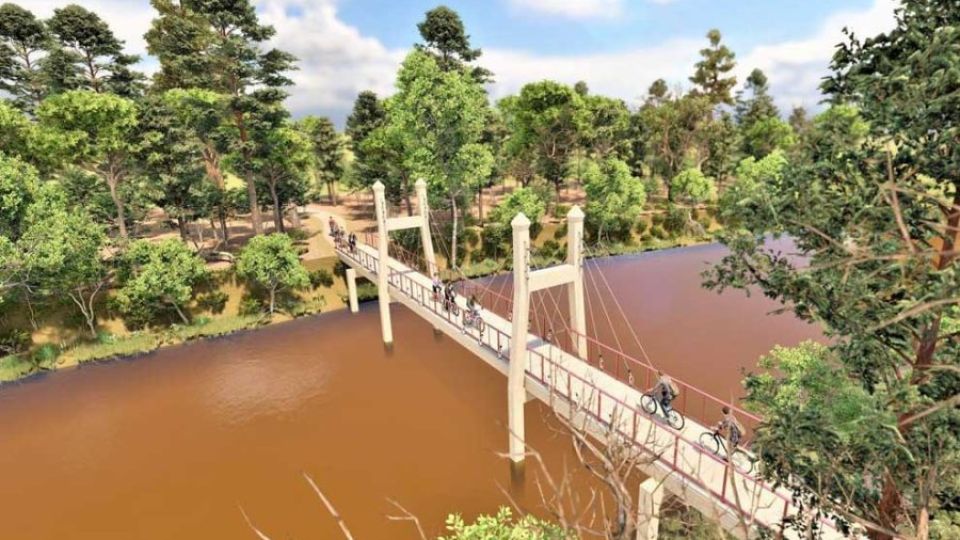January 22, 2024
PHNOM PENH – The APSARA National Authority (ANA) has constructed a “bicycle bridge” in the vicinity of Ta Keo Temple, making it more convenient for tourists to cycle through the Angkor Archaeological Park.
ANA spokesman Long Kosal said on January 17 that building the bicycle path is part of the body’s plan to boost tourism.
This initiative enables visitors to explore the Angkor area by cycling, witnessing temples and local life along the way. Bicycling, popular among tourists for both health and enjoyment, aligns with this development.
“The bike path construction has a positive impact on temple conservation, and it’s a fresh approach to encourage tourists to linger. If they simply visit the temple, they tend to head home once it’s explored. However, offering a bicycle journey could extend their stay, providing a richer experience,” he said.
Sok Soseila, deputy director of the ANA’s Department of Water, Forestry and Infrastructure Management, said on January 16 that they began crafting bicycle paths in the archaeological park in 2020 to enhance the cycling experience for tourists. These paths cover over 23km, featuring four bridges.
The Ta Keo Temple bicycle bridge is one of four built by the ANA to help cyclists distinguish between regular roads and bridges and those designed specifically for bicycles. It spans 65m and boasts a width of 2.5m.
Three additional bicycle bridges – Angkor, Kraing Krouch and Neak Poan – join the Ta Keo bridge. Additionally, small bridges span two other locations: the Yosothor moat and the former Neak Poan water gate.
Soseila said the primary goal of establishing bicycle routes in Angkor is to enhance safety by separating regular traffic from cycling paths, thereby reducing accidents between motorists and cyclists. This move also aims to cut down on vehicle exhaust impacting the temples.
Regarding the bicycle bridge’s construction style, he said they have opted for a simple design harmonising with the natural surroundings, aligning with the ANA’s ethos of balancing conservation and development.
Encouraging visitors to hop on bicycles, Soseila noted the positive impact on the environment. Cycling not only offers extra time to delve into nature but also helps reduce harmful fumes, further benefiting temple conservation.


